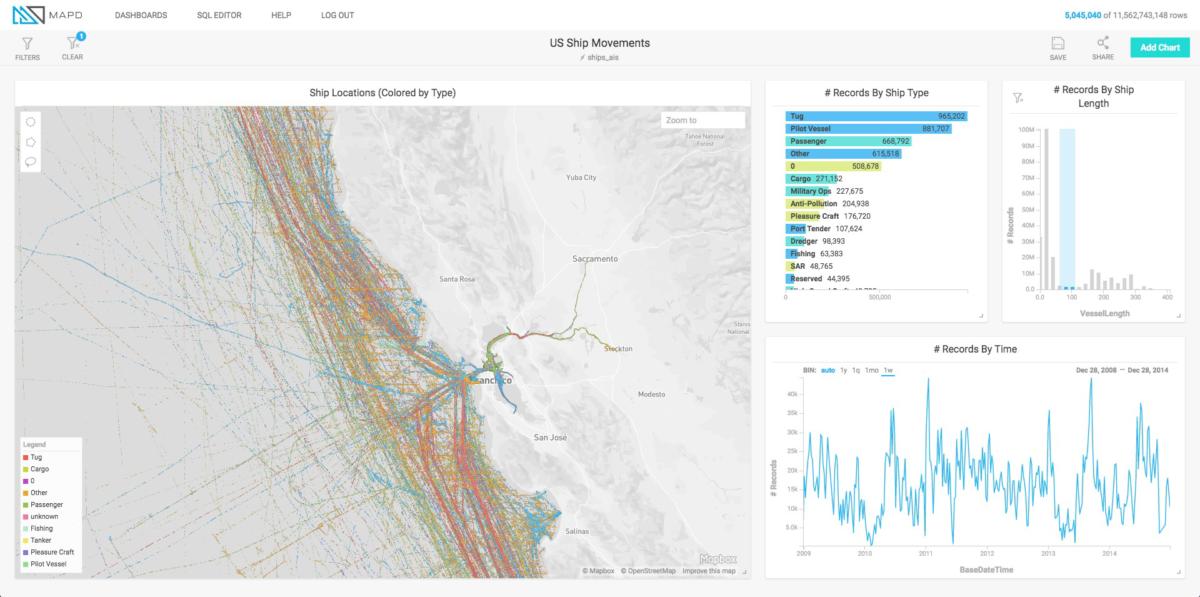IBM Opens Four New Cloud Data Centers

IBM has announced the opening of four new IBM Cloud data centers in the United States to support growing enterprise demand for cloud infrastructure that can provide access to services like IoT, blockchain, quantum computing, and cognitive.
IBM Cloud’s global network includes cloud data centers in key local markets around the world so clients can run their data and applications locally to meet performance and regulatory needs. With data centers across 19 countries and six continents, enterprises can provision cloud infrastructure when and where they need. The new cloud data centers in the U.S. can provide clients with infrastructure to manage and gain insight from their data while also taking advantage of IBM’s advanced cognitive services with Watson on the IBM Cloud.
The opening of two new facilities in Dallas, Texas, and two new facilities in Washington, D.C., is a key part of IBM’s investment to expand its global cloud footprint in 2017.
As enterprises increasingly turn to AI to generate value from their data, demand for public and hybrid cloud infrastructure will continue to grow. According to IDC, worldwide spending on public cloud services and infrastructure will reach $203.4 billion by 2020, a 21.5% compound annual growth rate – nearly seven times the rate of overall IT spending growth.1
“IBM is making major investments to expand our global cloud data centers in 2017 and provide the infrastructure necessary for enterprises to run their cognitive, big data, blockchain and IoT workloads,” said John Considine, general manager for cloud infrastructure, IBM. “IBM’s growing global cloud footprint gives enterprises the flexibility and scale to run their most complex workloads when and where they need.”
The new U.S. facilities can help enable companies to digitize business and operations and drive cognitive innovation through the IBM Cloud. Clients of all sizes are already taking advantage of the benefits of the IBM Cloud including Bitly and Halliburton.
IBM’s Expanding Global Cloud Footprint
IBM now has more than 55 global cloud data centers in 19 countries spanning six continents to help enterprises manage and gain insight into their data no matter where it resides. The opening of additional facilities in Dallas, Texas, and Washington, D.C., marks 22 IBM data centers across the U.S.
The news reinforces IBM’s commitment to expand its cloud presence around the world in 2017 and builds on strong global momentum from 2016. In 2016, IBM opened the industry’s first cloud data center in the Nordics as well as a new cloud data center located outside of Seoul in South Korea. Additionally, IBM announced in November that it is tripling its cloud data center capacity in the U.K. with four new facilities.
Each of the four new facilities now open in the U.S. has the capacity for thousands of physical servers and offers a full range of cloud infrastructure services, including bare metal servers, virtual servers, storage, security services and networking. With services deployed on demand and full remote access and control, customers can create their ideal public, private or hybrid cloud environments.
IBM’s cloud infrastructure is cognitive at the core and geared for big data workloads. IBM operates a large fleet of bare metal servers, which are ideal for high performance cloud applications. IBM also offers the latest NVIDIA® GPU accelerators – including the Tesla® P100, Tesla K80 and the Tesla M60 – to help enable enterprises to quickly and efficiently run compute-heavy workloads, such as AI, deep learning and high performance data analytics.
1. IDC: Worldwide Semiannual Public Cloud Services Spending Guide, February 20, 2017
Source: CloudStrategyMag


 IDG
IDG